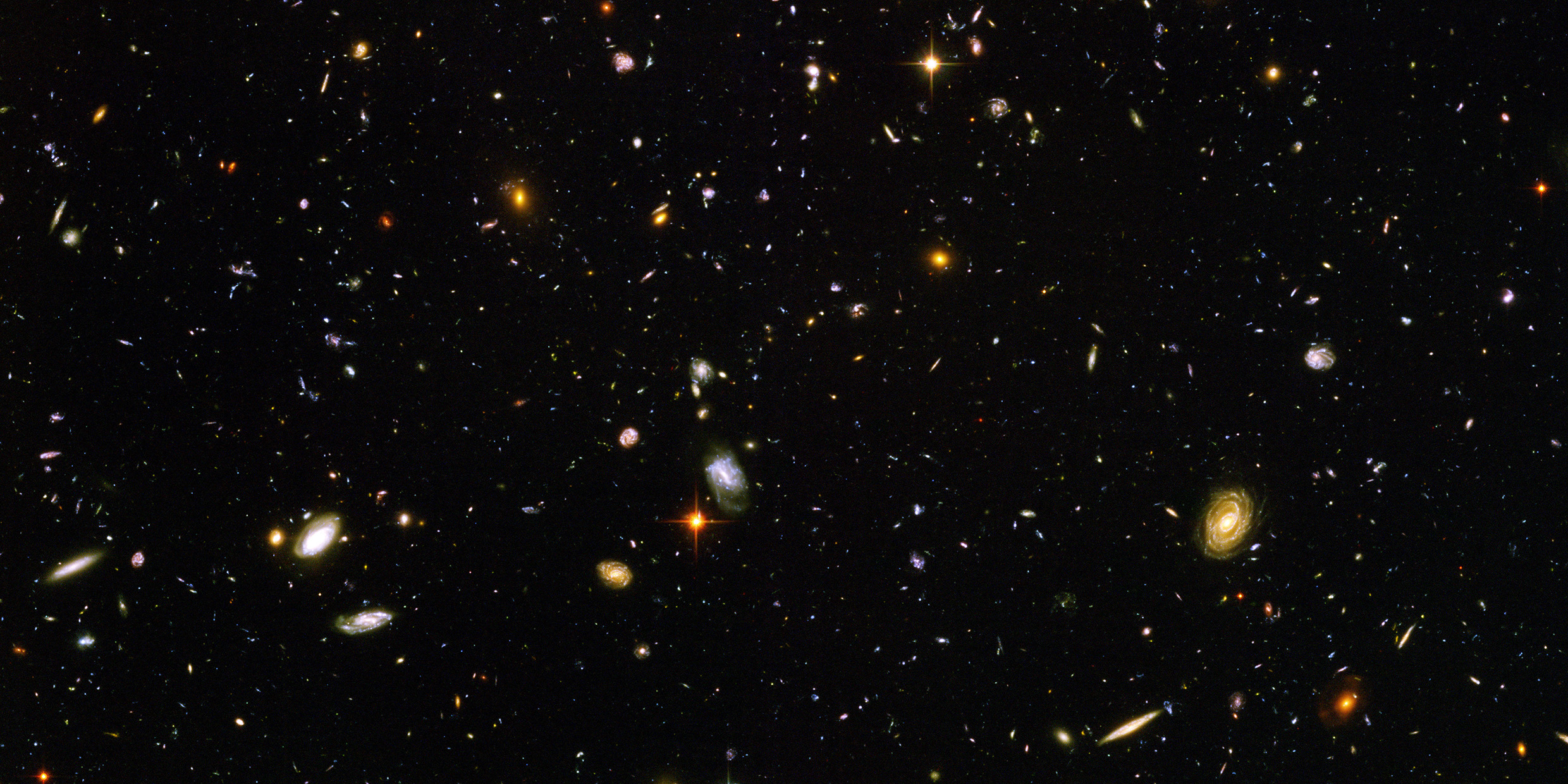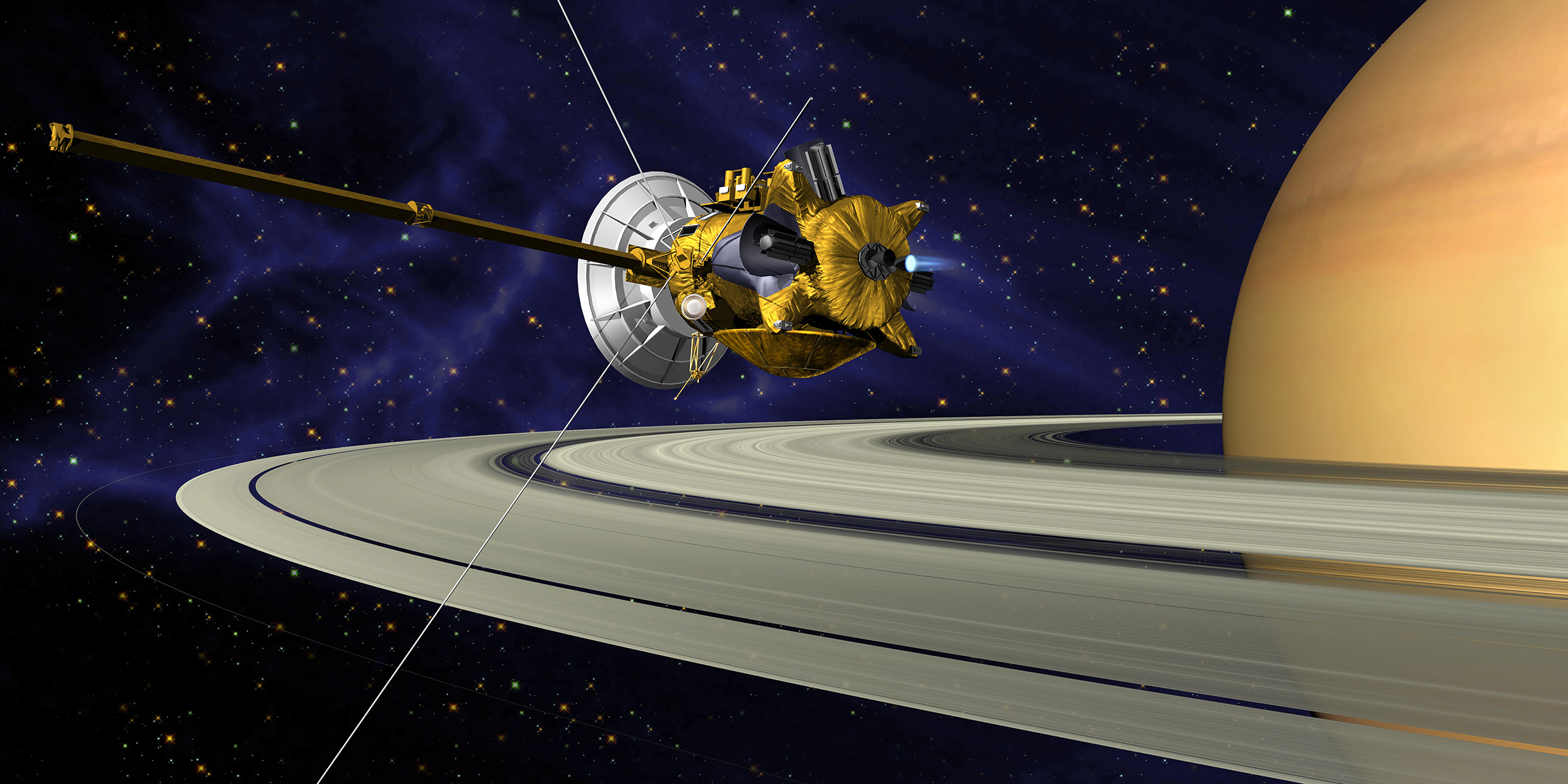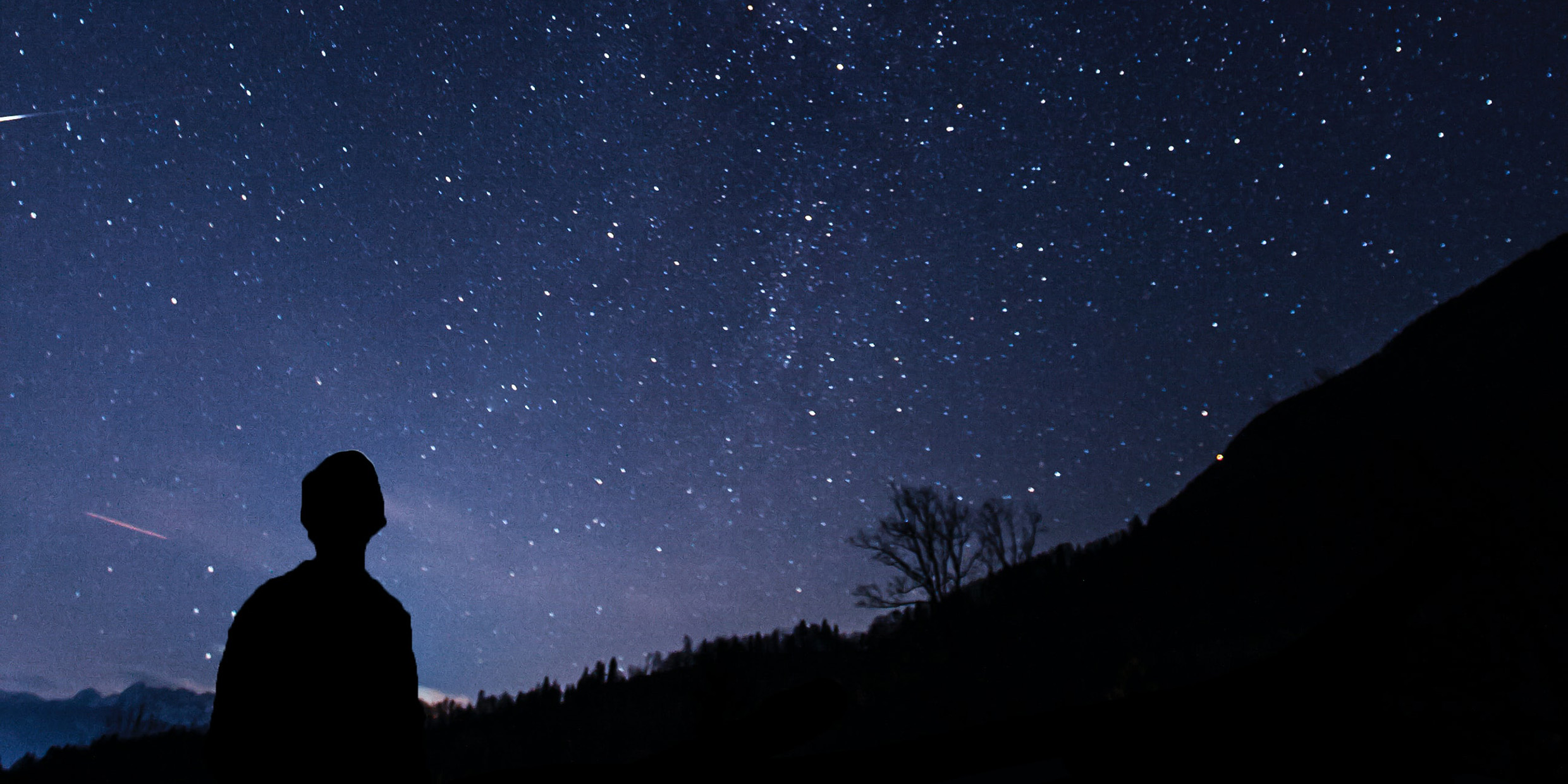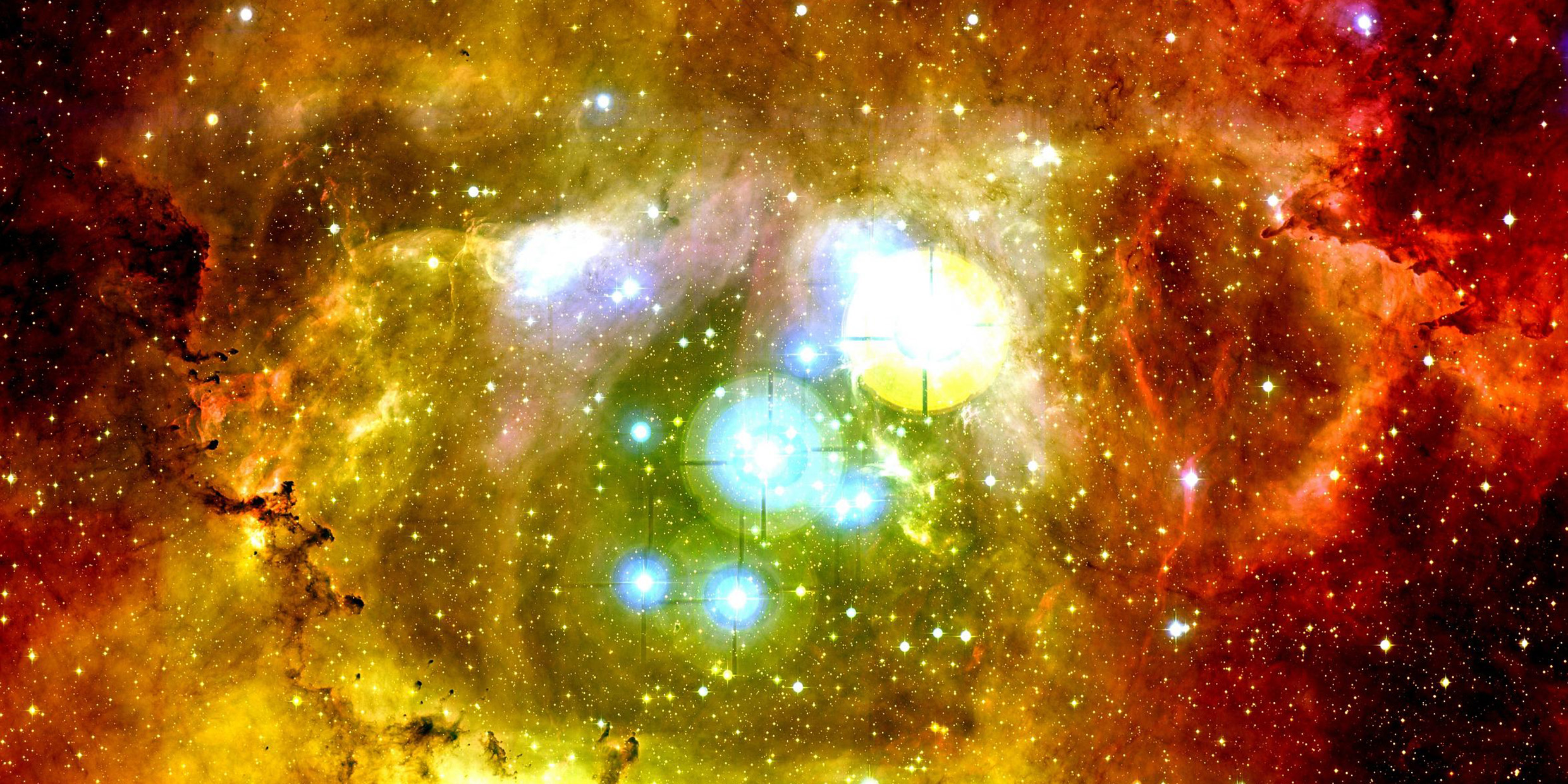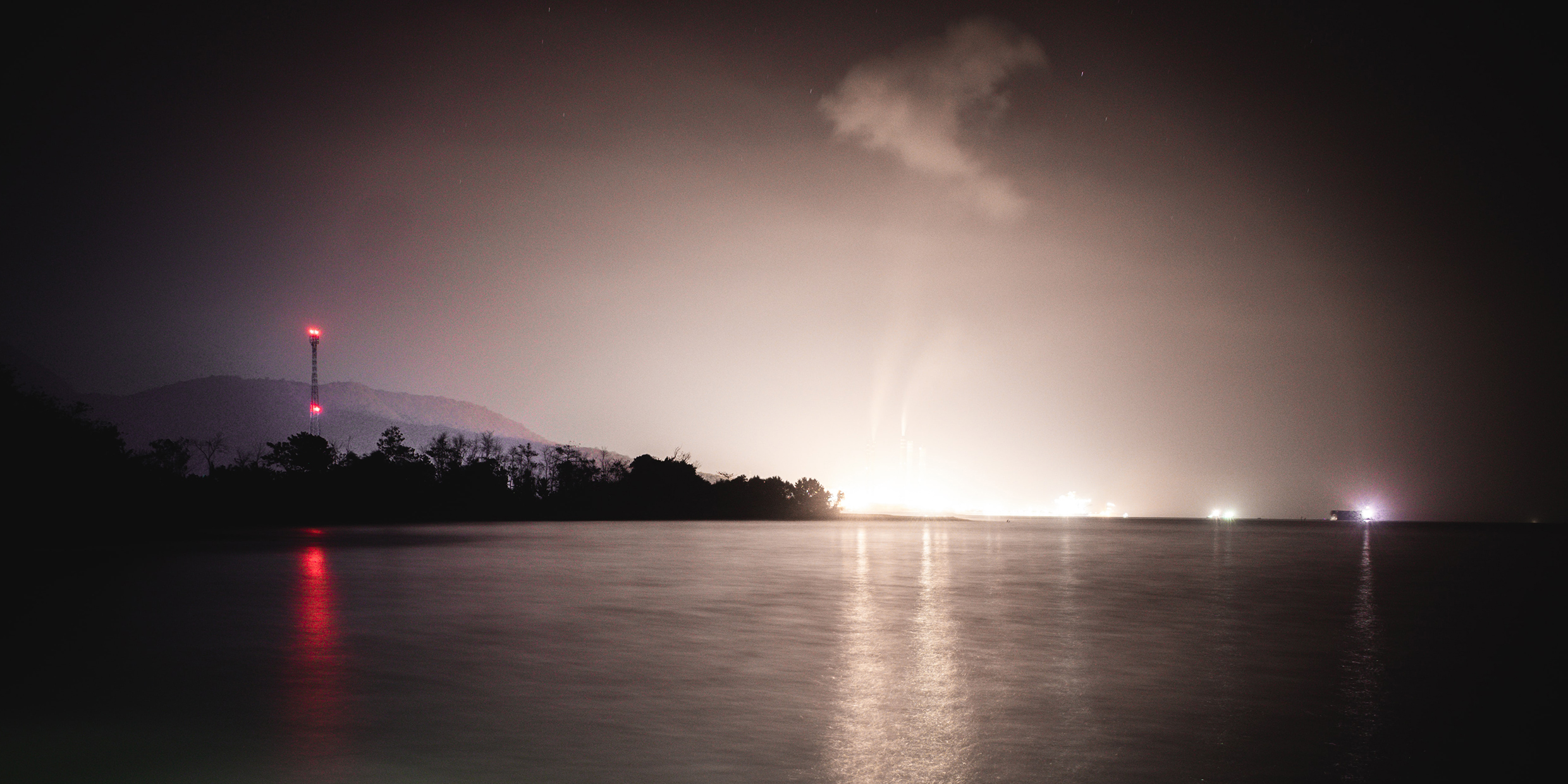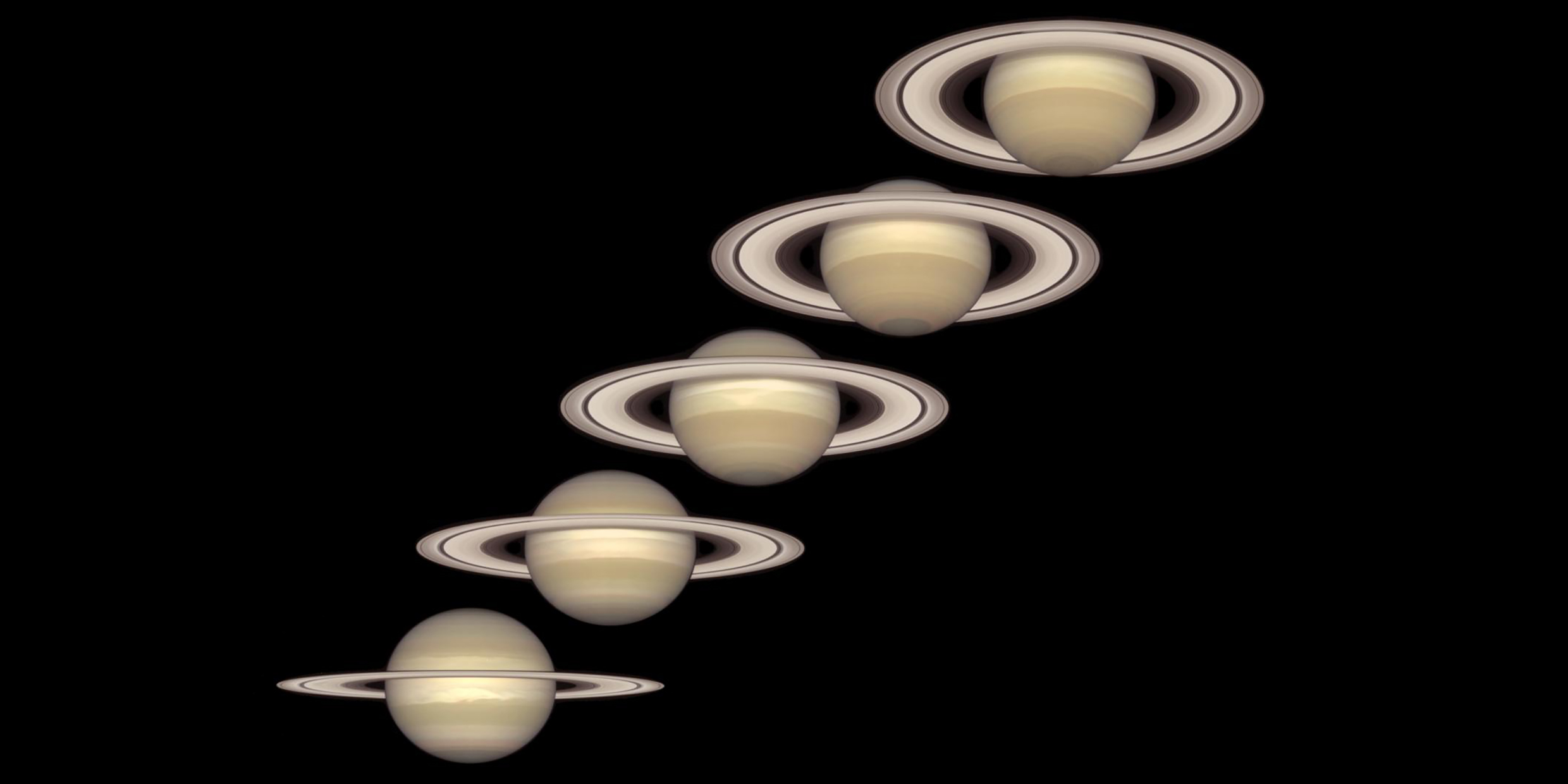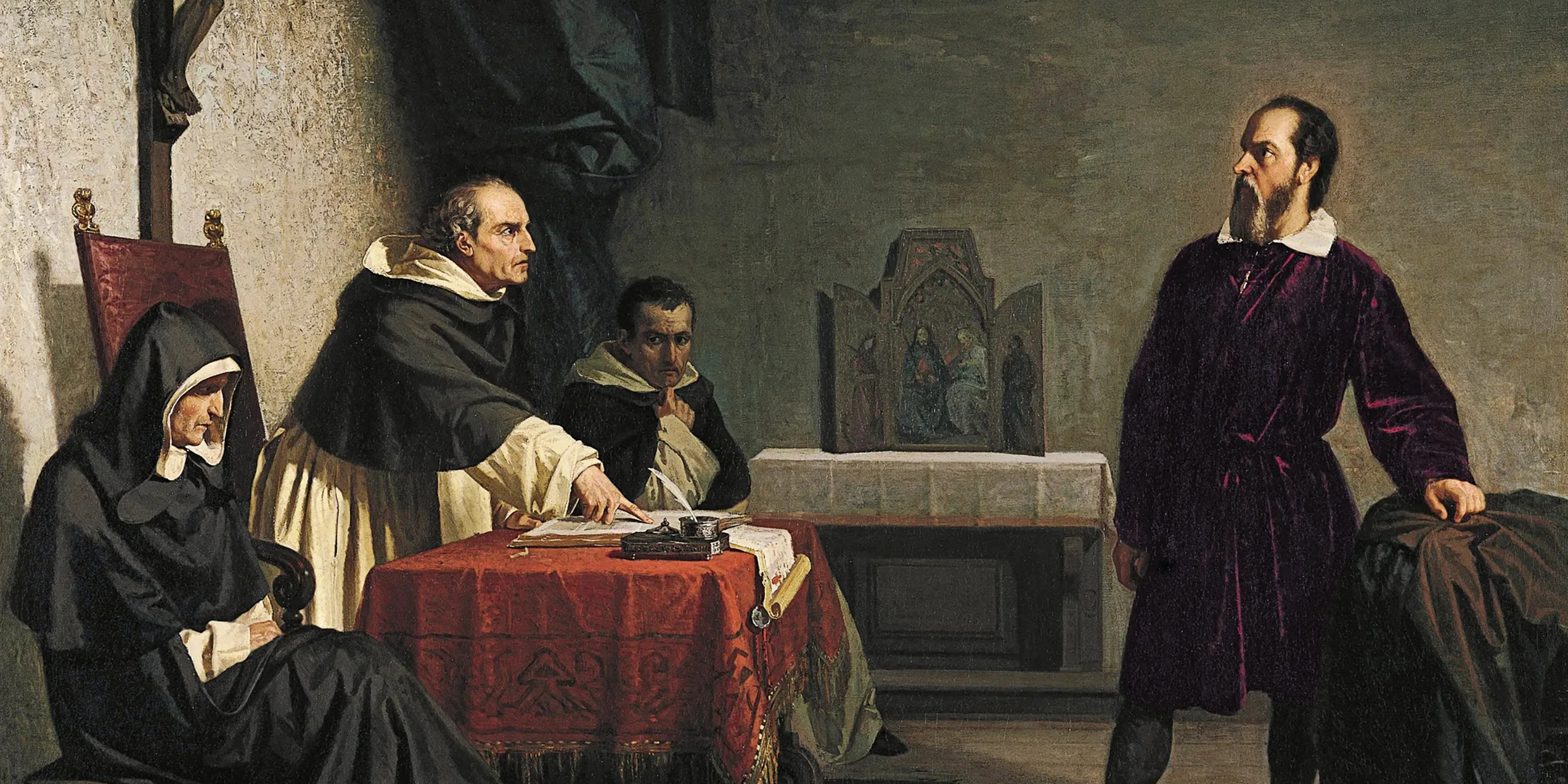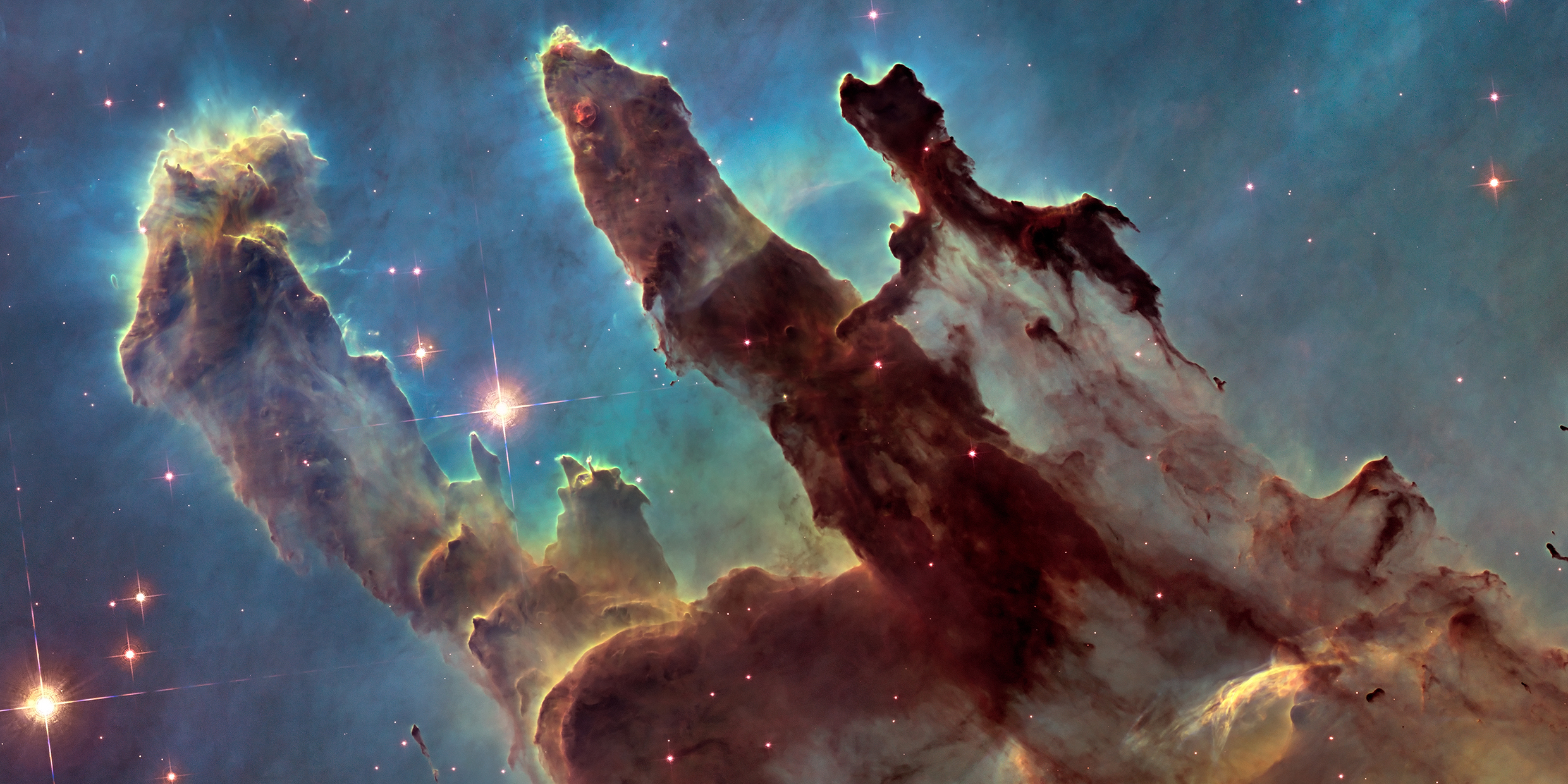It is the morning of July 5, 1054 A.D. You wake to a thin crescent moon between the horns of Taurus the Bull, low in the eastern sky. And nearby — wonder of wonders — a brilliant new celestial object, apparently a star, but shining more brightly than any star you have ever seen, four times brighter than Venus, so bright that for the next several weeks it will be visible even in daylight.
Astronomy
The visible and the invisible
“The power of the visible is the invisible,” wrote the poet Marianne Moore.
Cassini at Saturn
Each of us is born at the center of the world.
To see stars, let’s turn off the lights
I first became familiar with the stars on the sleeping porch of my grandmother’s house on Ninth Street in Chattanooga, Tennessee, during the early 1940s.
Skyward looks bring existential thoughts
Every now and then astronomers come up with a photograph that deserves wider circulation than it gets in the science journals.
Blinded by the night lights
In the year 1750, a baby boy was born in Gambia in West Africa. On the eighth day after the birth, as was the custom, the village paused from its normal routines to celebrate, with feasting, music and prayer, the naming of the child — Kunta. Kunta Kinte.
Modern science can thank Saturn
Every stargazer with a telescope has been looking at Saturn lately. This year the planet reaches the point in its orbit that brings it closest to the Earth. It appears bigger and brighter than at any time in the past 30 years.
Appreciating our bizarre universe
On the evening of January 4 [2003], Saturn passed in front of the Crab Nebula.
We wish he had been more heroic
On the evening of January 7, 1610, Galileo Galilei, citizen of Florence and mathematician of the University of Padua, turned his telescope to the planet Jupiter. He saw the planet as a round disk against a background of three tiny stars, all in a row.
Poetry in interstellar motion
Each of the three books of Dante’s “Divine Comedy” ends with the same words: “the stars.”

